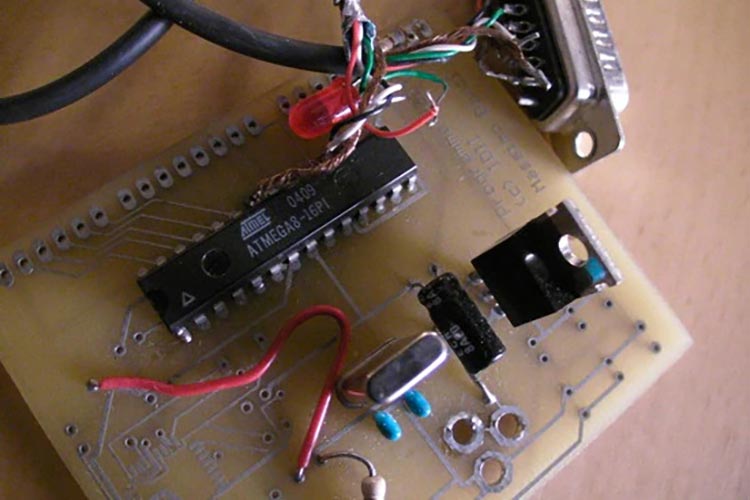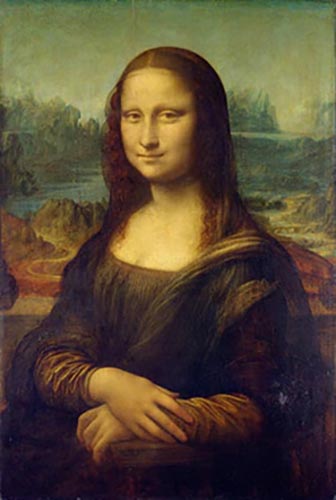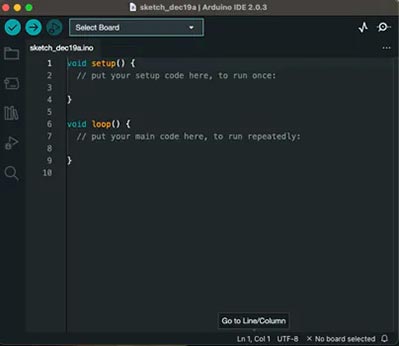
The Italian Renaissance was an incredible two-hundred-year period of human history marked by remarkable advancement in both the arts as well as science and technology. Names like Leonardo da Vinci, Galileo Galilei, and Sandro Botticelli are but a few of the great minds that gifted the world with incredible knowledge, art, and inventions (Figure 1). A few centuries later, a renaissance in electronics would emerge from a small town in Italy named Ivrea. And it all began with a hand-soldered circuit board that would become known globally as Arduino.

In the (Academic) Beginning…
Before the early 2000s, many engineers and makers interested in embedded electronics cut their teeth on the PIC-based BASIC Stamp platform. BASIC Stamp became popular since the hardware was relatively inexpensive compared to most microcontroller platforms of the time. $139USD (inflation-adjusted to 2022, almost $400) in the 1990s got you a Stamp, parallel port programming cable, and a copy of Stamp Editor. The BASIC-esque programming language (a variant named PBASIC) was easy to learn, but the editor only ran on Windows. Still, the emphasis of BASIC Stamp was on those with a technical mindset. For many of those with an artistic bent who yearned for a way to integrate technology into their art, the BASIC Stamp proved to be less than ideal as it was not programmable on a Mac, and the cost was still a bit high, especially for students.
Around 2003 this would begin to change. Enter the Interaction Design Institute Ivrea (IDII) and a perfect storm of technology and art (Figure 2).

A group of students and professors whose work revolved around interactive art were frustrated that the technology of the time was more a hindrance than a help in bringing their creative works to life. Some of the earliest people involved were Hernando Barragán, Massimo Banzi, Casey Reas, and Ben Fry. Barragán’s master's thesis was the Wiring development platform built around the humble ATmega128 microcontroller and a handmade circuit board. Banzi was one of Barragán’s advisors along with Reas. Fry and Reas were the creators of the processing integrated development environment (IDE). Hernando would leverage processing as the basis for the original Arduino IDE, which was replaced only recently (September 2022) by the more modern Arduino IDE 2.0. These decisions would lay the foundations for the beginning of the worldwide Arduino ecosystem.
NOTE: It should be noted that since the initial IDE launch, Arduino has also released a command line interface (CLI) and a text-based linter that is useful for those seeking modern professional development tools.
Going Commercial and Open Source
The first commercially available board was the Arduino RS232 featuring through-hole components, a DB-9 serial port, and a DC barrel jack power supply (Figure 3). This design made it easy to hand-solder and reproduce in decent quantities. The simple design, coupled with the decision to release the hardware design under a Creative Commons license (specifically a CC BY-SA license), propelled Arduino into the hearts and minds of countless artists and electronics hobbyists.

Low cost was another consideration, as the Arduino was initially targeted at art and design college students. The decision to release the hardware and software (the IDE is released under a GNU general public license, version 2) is arguably one of the defining and, at the time, riskiest propositions for the then-fledgling electronics ecosystem. The pending closure of IDII in 2006 and its academic program being subsumed into the Domus Academy in Milan also helped prompt the founders to adopt an open-source model for Arduino.
In 2008, the five founding members of the Arduino project formed Arduino LLC to handle the intellectual property of the Arduino. It was initially envisioned that other companies would manufacture and sell the “official” Arduino boards while Arduino LLC would receive royalties from these sales. Of course, due to the open-source nature of the Arduino platform could take the design files and create both exact duplicates or improved boards (Figure 4). The only stipulation being they could not be named “Arduino” as that name was trademarked exclusively for boards licensed by Arduino LLC. Surprisingly while many derivative boards did find their way to the market, they did not have a significant negative impact on official board sales. Customers did indeed reward Arduino LLC with loyalty, recognizing the superior quality of the hardware and the effort Arduino LLC put into expanding the hardware platform and constantly improving the software development tools. Additionally, the form factor of the original Arduino boards has been faithfully maintained throughout the lineage of the credit card-sized Arduino boards, including the Diecimila, Duemilanove, and the current Uno R3.

It was not always smooth sailing for the Arduino LLC team. In the 2010s, a legal dispute erupted amongst the founders. Without rehashing this dark period, the bottom line was that the trademark Arduino was only good for boards sold in the United States. A company (Arduino SRL) run by one of the founders, Gianluca Martino, held the Arduino trademark in Italy. In response, Arduino began to market Arduino boards outside the United States as Genuino. For a few years, there was quite a bit of confusion in the Arduino ecosystem regarding which boards were compatible with which companies' development software. In 2017, the other four founders regained the trademarks held by Arduino SRL, and once again, Arduino was made whole.
Original Source: Mouser
About The Author
 Michael Parks, P.E. is the co-founder of Green Shoe Garage, a custom electronics design studio and embedded security research firm located in Western Maryland. He produces the Gears of Resistance Podcast to help raise public awareness of technical and scientific matters. Michael is also a licensed Professional Engineer in the state of Maryland and holds a Master’s degree in systems engineering from Johns Hopkins University.
Michael Parks, P.E. is the co-founder of Green Shoe Garage, a custom electronics design studio and embedded security research firm located in Western Maryland. He produces the Gears of Resistance Podcast to help raise public awareness of technical and scientific matters. Michael is also a licensed Professional Engineer in the state of Maryland and holds a Master’s degree in systems engineering from Johns Hopkins University.





